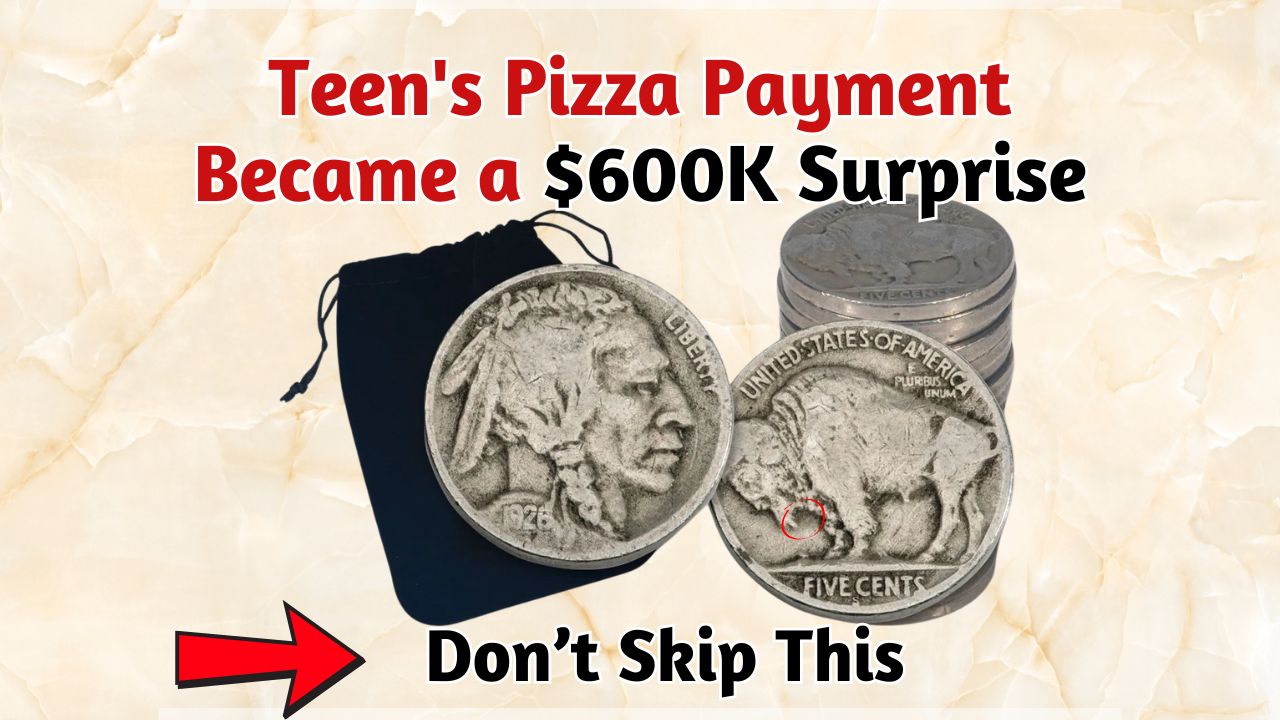The year 1976 bore witness to a vibrant celebration of America’s 200th year of independence. Amid the fireworks and parades, the U.S. Mint released a distinctive coin — the Bicentennial Quarter. Unlike the usual Washington quarters, this piece bore an emblematic design and soon became a cherished symbol of national pride. Though millions were distributed across the country, one extraordinary version has stunned numismatists with a jaw-dropping estimated value of $200 million.
Design That Captured a Nation
In the sea of circulating coins, the 1976 Bicentennial Quarter stands out like a lighthouse in the fog. Its obverse displays the classic bust of George Washington, steadfast and resolute. But flip it over, and the reverse features an image unlike any other — a colonial-era drummer boy with a torch encircled by thirteen stars, representing the founding colonies.
This isn’t just decorative artwork. It’s a visual sonnet of American heritage, echoing the spirit of 1776.
Quarter Commands $200 Million
Among the countless Bicentennial Quarters that jingled in pockets and clinked in cash registers, one singular coin rose like a phoenix. Its value is not merely rooted in metal and mint — it’s woven from a rare alchemy of anomalies.
Uncommon Metal Alchemy
The majority of these quarters were crafted from a copper-nickel composition. However, this unique piece is believed to have been struck on an exotic metallic blank — possibly gold or even platinum. This deviation from standard minting procedures exponentially enhances its rarity.
| Metal Type | Common Quarters | Rare $200M Quarter |
|---|---|---|
| Copper-Nickel | ✔️ | ❌ |
| Silver (some proof sets) | ✔️ | ❌ |
| Gold/Platinum | ❌ | ✔️ |
Anomaly in Minting
Errors in minting can elevate a coin’s value from cents to celestial figures. Misprints, misalignments, or double dies pique the interest of seasoned collectors. The $200 million quarter allegedly exhibits a one-of-a-kind minting flaw, rendering it unmatched by any known specimen.
Impeccable Preservation
While most coins show signs of wear and tear — dulled edges, scratched surfaces — this legendary quarter is said to be in immaculate, uncirculated condition. Its flawless surface gleams with a mirror-like luster, making it a pristine gem in the gritty world of loose change.
Embedded Historical Soul
Being part of the United States Bicentennial celebration already imbues the coin with historical weight. Add in a metallurgical oddity or minting mistake, and it becomes more than a coin — it becomes a relic of monumental significance.
Could It Still Be in Circulation?
Here’s the tantalizing part — experts theorize that this coin might still be out there. Hidden in a forgotten coin jar. Tucked into a cashier’s till. Buried under lint in someone’s pocket. This notion electrifies the imaginations of collectors and everyday dreamers alike.
How to Identify a Rare Bicentennial Quarter
The possibility of stumbling upon this rare piece may seem slim, but vigilance pays. Here’s what to observe when scouring your spare change:
Unusual Sheen or Tone
A metallic glint that deviates from the usual gray of copper-nickel could signal a special alloy. If it gleams gold or radiates a silvery brilliance, take a closer look.
Misprints and Irregularities
Examine both sides meticulously. Are there doubled numbers? Blurred lettering? Off-center images? These are breadcrumbs leading to numismatic treasure.
Vanishing Layers
Sometimes a coin might be missing its clad layer, leaving behind a dull copper core. This could be a minting fault — and a golden opportunity.
Proof-Like Attributes
Proof coins, struck with refined precision, boast sharp edges and glassy surfaces. While intended for collectors, one may have slipped into circulation. If your quarter glistens and gleams unusually well, it’s worth investigating.
Why This Story Resonates
The legend of the $200 million Bicentennial Quarter isn’t just a numismatic anecdote — it’s a parable. It reminds us that something as mundane as pocket change can conceal astonishing value. In an era of digital currency and fading coin use, it rekindles the joy of discovery and the thrill of history embedded in everyday items.
Treasure in Your Palm
The 1976 Bicentennial Quarter is more than just a commemorative coin. For many, it is a nostalgic token. For the fortunate few, it may be a gateway to unimaginable wealth. With one coin reportedly worth $200 million, perhaps it’s time to sift through your change with a bit more reverence.
It could be just another quarter. Or it could be the glimmer of a once-in-a-lifetime fortune — a forgotten relic whispering tales of revolution, unity, and the rarest kind of luck.
Disclaimer: Values cited are based on expert estimates and market curiosity. Always consult a certified coin appraiser or professional numismatist for accurate evaluations.
FAQs
What makes the Bicentennial Quarter worth $200 million?
This particular quarter is believed to have been struck on a rare metal like gold or platinum, features a unique minting error, is in uncirculated pristine condition, and holds immense historical significance — all of which contribute to its incredible value.
How can I identify a rare Bicentennial Quarter?
Look for unusual coloration or metallic shine, any minting errors such as doubled digits or off-center designs, missing clad layers, or a proof-like finish. These features might indicate rarity.
Are all 1976 Bicentennial Quarters valuable?
No, most are only worth their face value of 25 cents. Only rare versions with unique errors, compositions, or minting anomalies hold significant collector value.
Is it possible that the $200 million quarter is still in circulation?
Yes, experts speculate that this rare coin could still be out there, potentially sitting unnoticed in a coin jar, register, or someone’s pocket.
Where should I get a rare coin appraised?
If you suspect you have a valuable coin, consult a professional numismatist or a reputable coin dealer. Certified appraisers can give you an accurate assessment of its worth.












